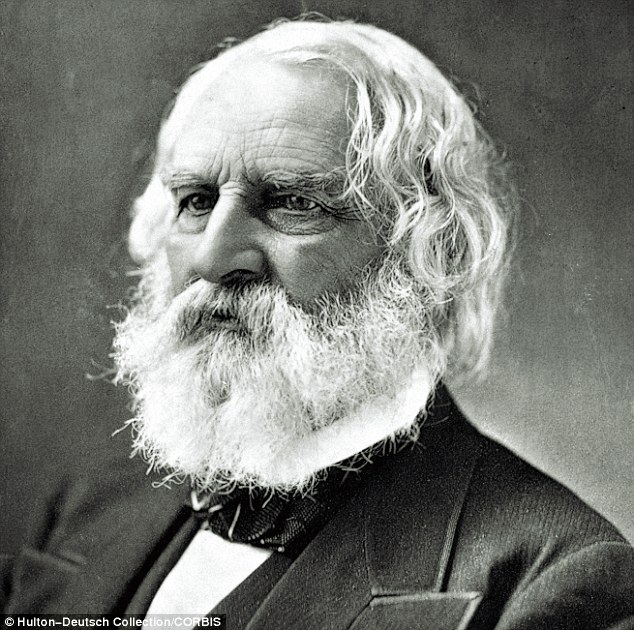This morning we continue looking at the story of Nehemiah. And if, by chance, you’ve missed the last couple of weeks, let me try to quickly catch you up.
The story of Nehemiah takes place roughly around 450 BC. It’s one of the last stories in the Old Testament (chronologically speaking) before we pick it up the storyline again around 400 years later in the New Testament with the birth of Jesus.
So Israel has already had a lot of history by this point. Way back 1000 years before Nehemiah, God had brought the Israelites out of Egypt and had established them as his own special nation. They were to be a holy people – set apart from all the other people of the world – as God’s special representatives. Of course, they didn’t always do very well at that. Although there were some people and some eras where the Israelites did follow God wholeheartedly, as we look at their history as a whole, we find they often disregarded God’s instructions – worshipping other gods and really, just acting like every other nation around them.
Now when God had first chosen them as his own special people – God promised that if they were to follow Him, He would bless them beyond their wildest imaginations. (And in those times when they did follow God, we see God doing exactly that.) But God also promised that if they choose to follow other gods, then God would remove his blessings and would in fact, remove them from the land that he was giving them. They would be destroyed and exiled into other nations. And this too, is what we see happening. After years of the Israelites chasing after other gods, God finally removed the Israelites from their land. The northern part of the kingdom was conquer by the Assyrians in 722 BC and the southern part of the kingdom (including Jerusalem) was conquered by the Babylonians in 597 BC.
For the next 70 years after the destruction of Jerusalem, the Israelites lived in exile in Babylon. But during their time in exile, it seems they learned their lesson. The repented of their sin and turned again back to God – and so, God began to restore them to their land. The first set of exiles returned to reestablish themselves around Jerusalem and rebuild the temple under the leadership of Zerubbabel. Another group returned about 80 years after that under Ezra. About 13 years after that, we meet Nehemiah.
Nehemiah was a Jew who was still living in exile – he was actually the cup-bearer to King Artaxerxes of Persia – which made him a rather prominent person in the king’s court. He was one of King most trusted companions.
But when Nehemiah heard the reports that the Israelites who had returned to Jerusalem were still living among the ruins of Jerusalem – God stirred Nehemiah’s heart to do something about that. It was not right that 150 years after it’s destruction, that Jerusalem still lay in ruins.
Centuries ago, Jerusalem was the centre of the nation. God had chosen Jerusalem as the location of his temple – it was the symbol of God’s presence among his people. And now, for the city to lay in ruins – it was a bitter reminder of Israelite’s failure to be God’s holy people. But now that God had given them a second chance, and they had returned to Jerusalem, now was time to rebuild the city and once again live as God’s holy people in God’s holy city. So after 4 months of prayer and fasting before God, Nehemiah asked the king to allow him to go to Jerusalem to rebuilt the city.
Now this was a little scary – since the king had early declared that Jerusalem was not to be rebuilt except at his express command. Nehemiah notes that he was terrified to bring this up to the king, but because he was convinced that this was what God wanted him to do – he did it.
Well, God moved the heart of the king to grant Nehemiah his request. And actually, the king sent him on his way with royal letters granting Nehemiah permission to travel through the empire and to acquire wood from the royal forest for the project. And, as we’re going to see in just a minute, the king also sent along a regiment of soldiers and horsemen for Nehemiah’s protection along the way.
All of this happened because, as we read in chapter 2, verse 8, the gracious hand of God was on Nehemiah. And it’s a good thing too, because the challenges that Nehemiah was about to face were about to start coming fast and furious.
So we’re going to start reading right where we left off last week. So if you want to follow along in your own Bibles, we’re going to be in Nehemiah chapter 2 – starting at verse 9.
9 When I came to the governors of the province west of the Euphrates River, I delivered the king’s letters to them. The king, I should add, had sent along army officers and horsemen to protect me. 10 But when Sanballat the Horonite and Tobiah the Ammonite official heard of my arrival, they were very displeased that someone had come to help the people of Israel.
Nehemiah 2:9-10
Right out of the gate, here is our first challenge facing Nehemiah. Sanballat the Horonite and Tobiah the Ammonite official were not happy that Nehemiah had come to help the people of Israel. Why? Probably the main reason was that a strong Jerusalem would weaken their own political positions.
Both men ruled the areas around Jerusalem. Sanballat was the governor of Samaria to the north (we’ll learn that in chapter 4 – and Tobiah ruled the Ammonites to the east.) Interestingly, Tobiah is actually a Jewish name. So it seems that Tobiah, although not a full-blooded Israelite himself, at least had some Israelite heritage in his ancestry. And that will actually come up again, at the end of the chapter, so we’ll revisit these two guys again when we get there.
But for now, let’s keep reading. Verse 11.

